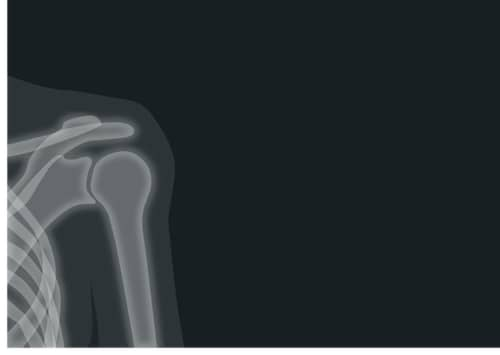Biceps tendon surgery typically becomes a necessity due to injuries or conditions that cause significant damage to the tendon located in the upper arm. However, the onset of post-operative elbow pain can sometimes overshadow the achievement of the primary surgical goal. We will shed light on the reasons for this elbow pain, how to cure it, and prevent it from happening in the first instance.
Causes for Biceps Tendon Surgery
The need for biceps tendon surgery often arises due to acute injuries or chronic conditions that lead to severe tendon damage. Acute injuries may occur from sudden, excessive force on the biceps, such as during heavy weight lifting. On the other hand, chronic conditions leading to surgery typically constitute long-term overuse of the arm, causing conditions like tendonitis or shoulder instability.
Elbow Pain after Biceps Tendon Surgery
Despite the substantial benefits of biceps tendon surgery, like restored strength and movement, some patients experience post-operative elbow pain. This post-surgical discomfort can result from surgical trauma, inflammation, nerve impingement, or a complication related to the surgical procedure itself. The exact cause of pain is case-specific and should be determined through professional medical examination.
Curing the Pain
The approach towards curing the elbow pain after surgery is generally a multi-pronged strategy, including physiotherapy, pain management, and sometimes additional surgical intervention:
- Physiotherapy: Specialized physical exercises can help restore flexibility and strength to the elbow joint, reducing pain.
- Pain Management: This includes oral pain medications, anti-inflammatory drugs, and sometimes, local injections.
- Surgical Intervention: In rare cases, where the pain is due to a complication from the initial surgery, a surgeon might recommend correctional surgery.
Please note that all treatment should be undertaken under professional supervision.
| Treatment Method | Description |
|---|---|
| Physiotherapy | Strength and flexibility exercises |
| Pain Management | Oral medications and injections |
| Surgical Intervention | Correctional surgery |
Medicines for Pain Relief
Post-operative pain can be managed with Over-the-Counter (OTC) medicines like acetaminophen or Non-Steroidal Anti-Inflammatory Drugs (NSAIDs) such as ibuprofen. However, in situations where the pain is severe, a physician may prescribe stronger pain-relief medicine or recommend localized injections. It’s crucial to use medicines as directed by your healthcare provider to minimize potential side effects.
Preventing Post-operative Elbow Pain
Prevention of pain post-surgery begins even before the operation. Preoperative physiotherapy or “prehab” is a powerful tool to condition your muscles for surgery, reducing the chances of post-surgical complications. Maintaining overall health with a balanced diet, adequate hydration, and good sleep can also contribute to faster healing post-surgery.
After surgery, it’s important to follow all instructions provided by your surgeon or physiotherapist. This may include limiting certain activities, moderate exercise, or wearing a support device. Timely communication with your healthcare provider about any discomfort can lead to earlier intervention and prevent further complications.
Conclusion
Elbow pain after biceps tendon surgery can be an unwelcome aftermath but is usually manageable and temporary. However, the healing process is unique to each patient, and patience, perseverance, coupled with professional guidance, is key to overcoming this challenge.
About the Author
Reyus Mammadli is the author of this health blog since 2008. With a background in medical and biotechnical devices, he has over 15 years of experience working with medical literature and expert guidelines from WHO, CDC, Mayo Clinic, and others. His goal is to present clear, accurate health information for everyday readers — not as a substitute for medical advice.







